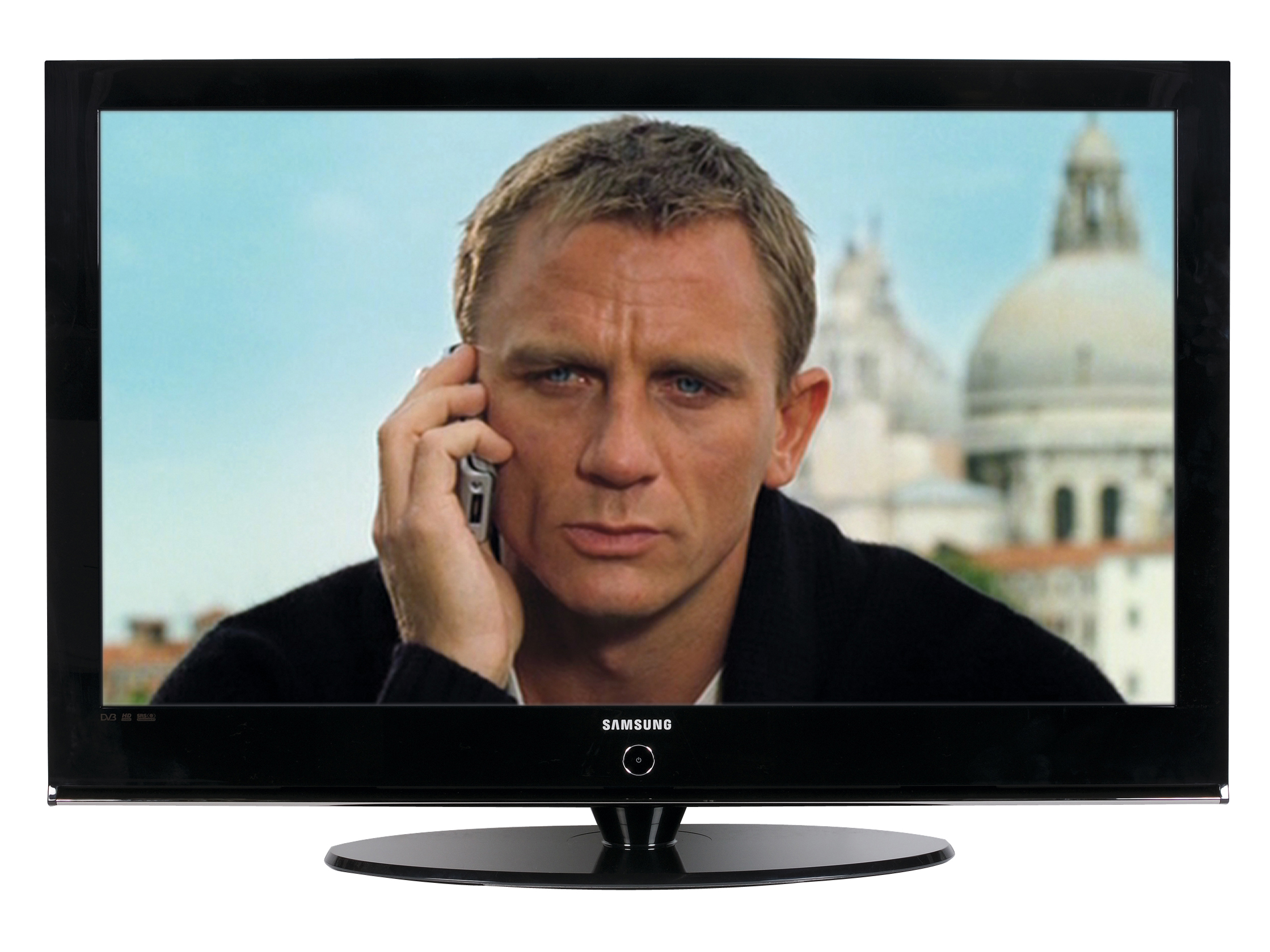TechRadar Verdict
Samsung proves that its plasmas are just as good as its LCD TVs
Pros
- +
Great looks
Strong connections
Impressive specification
Good all-round images
Cons
- -
Optimum setup easily compromised
Why you can trust TechRadar
Samsung is pretty good at making LCD TVs, and you punters agree as you buy enough of them. So, having planted some deep roots with LCD, Samsung now turns its hand to the bigscreen market with this 50in plasma TV.
On looks alone, the £1,500 PS50Q97HD instantly wins us over: a black surround and simple design ensures that it dominates your living room in the best possible way. Equally forceful are the connections.
With the proliferation of hi-def kit out there (upscaling DVD players, hi-def disc players and Sky HD boxes), multiple HDMIs are essential in flatscreen TVs, and the PS50Q97HD doesn't disappoint in this regard.
Connectivity chalks up three, and has a decent rear guard of component video jacks, PC D-sub, two Scarts (one RGB-enabled), and a CAM slot.
The latter shows that the PS50Q97HD is a plasma TV, not just a screen, as it means a digital tuner is present (which is assisted by a seven-day electronic programme guide).
The PS50Q97HD's other features are suitably heavyweight. First up are the TV's Movie Plus mode (to eliminate plasma motion judder) and Samsung's DNIe image processing, for boosting detail, contrast and colours.
More features of note include a tweaked version of Samsung's FilterBright system, a new Natural True Colour system (for improving colour tones, even during fast motion), and an Optima Light Filter, designed to reduce light diffusion.
Sign up for breaking news, reviews, opinion, top tech deals, and more.
We're surmising that the Optima Light Filter claims some responsibility for the colossal claimed contrast ratio of 15000:1: a figure that would have the mightiest of Panasonic plasma behemoths quaking. Rounding off an impressive spec is a HD-friendly native resolution of 1365 x 768.
Vaunted visuals
So, the PS50Q97HD gets itself off to a flying start, so let's see how this 50in HDTV performs in the hi-def department. Setting our test HD DVD of V for Vendetta in motion, the PS50Q97HD swiftly throws some superheroic shapes of its own.
First to impress are its black levels, which are satisfyingly deep and filled with convincing shadow detailing. For a movie that mostly operates under the cover of darkness, the PS50Q97HD performs admirably. This inky-blackness is married to some stunningly rich colours too.
Even when the action morphs into dazzlingly bright scenes, the PS50Q97HD copes extremely well, perfectly rendering textures that bright lighting illuminates. Elsewhere, skin (and mask) tones are realistic and free from noise, the icing of the cake of a thrilling hi-def performance.
The PS50Q97HD does experience a few hiccups, mind. The Dynamic picture preset needs toning down; Movie Plus causes more picture problems than it corrects; and sloppy use of the contrast and brightness levels can introduce more noise than we'd bargained for.
Vast value
However, in light of the generally awesome hi-def pictures, these criticisms are minor at best, and nothing that judicious use of the onscreen menus can't correct.
Add some crisp audio into the equation, and you'll find that the PS50Q97HD is a mouth-watering proposition for your living room. The price tag is also legendary - £1,500 for a 50in TV is amazing value.
Let's hope that Samsung doesn't neglect its LCD fold now it's more than capably sunk its fangs into plasma.
Tech.co.uk was the former name of TechRadar.com. Its staff were at the forefront of the digital publishing revolution, and spearheaded the move to bring consumer technology journalism to its natural home – online. Many of the current TechRadar staff started life a Tech.co.uk staff writer, covering everything from the emerging smartphone market to the evolving market of personal computers. Think of it as the building blocks of the TechRadar you love today.
